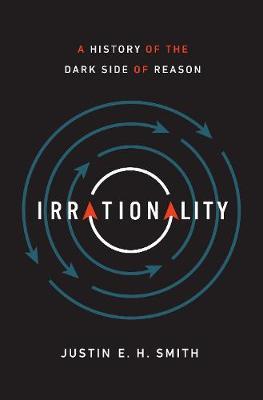Jonathan Egid in the Times Literary Supplement:
 A grisly cultic murder is an unusual starting point for a work of philosophy, but this opening is typical of Justin E. H. Smith’s new book. It is one of many vivid impressionistic sketches – what Smith calls “instructive ornamentations” – employed to lend support to his dialectical thesis: that rationality is inextricably linked, in society as in the individual, to its irrational opposite. Rationality or reason (the terms are used interchangeably) never exists alone. It is always and everywhere mixed up with its ineliminable “dark side”, liable to erupt violently wherever faith in reason is strongest. Irrationality explores the manifestations of this enlightenment-into-darkness paradigm as it unfolds in history and contemporary politics.
A grisly cultic murder is an unusual starting point for a work of philosophy, but this opening is typical of Justin E. H. Smith’s new book. It is one of many vivid impressionistic sketches – what Smith calls “instructive ornamentations” – employed to lend support to his dialectical thesis: that rationality is inextricably linked, in society as in the individual, to its irrational opposite. Rationality or reason (the terms are used interchangeably) never exists alone. It is always and everywhere mixed up with its ineliminable “dark side”, liable to erupt violently wherever faith in reason is strongest. Irrationality explores the manifestations of this enlightenment-into-darkness paradigm as it unfolds in history and contemporary politics.
According to Smith, the story of any movement with a commitment to rationality, from the Pythagoreans to the Jacobins to LessWrong and Silicon Valley, is the story of a “commitment to an ideal, the discovery within the movement of an ineradicable strain of something antithetical to that ideal, to, finally, descent into that opposite thing”. The unfolding of history always displays the same inexorable logic of an “exaltation of reason, and a desire to eradicate its opposite; the inevitable endurance of irrationality in human life … and, finally, the descent into irrational self-immolation of the very currents of thought and of social organization that had set themselves up as bulwarks against irrationality”. We begin by worshipping ratios, we end up murdering mathematicians.
More here.
